I’m in the Grand Teton National Park as I write this and as I’m sitting in one of the most beautiful parks in our country, I am suggesting for you to look past the icons to flex your creative muscles and create art through your vision and skill. We all love visiting iconic locations, I do too, but if the icons are the only thing we go for, then we are missing a big part of the experience and photographic potential of these beautiful areas.
I’m writing this quickly on the first night of my workshop here as I’m preparing to lead a group through this amazing landscape. Of course we will visit the iconic locations, but I hope to get people to look past the icons and tap in to their inner artist and find a unique interpretation of the landscape that speaks to them.
I know it’s not easy to look past the icons. The Moulton Barn and the Grand Teton mountains behind…that is probably the most photographed barn in the country and is extremely iconic in how it represents the Wild West, the incredible landscape and the enduring spirit of humans to settle and thrive here.
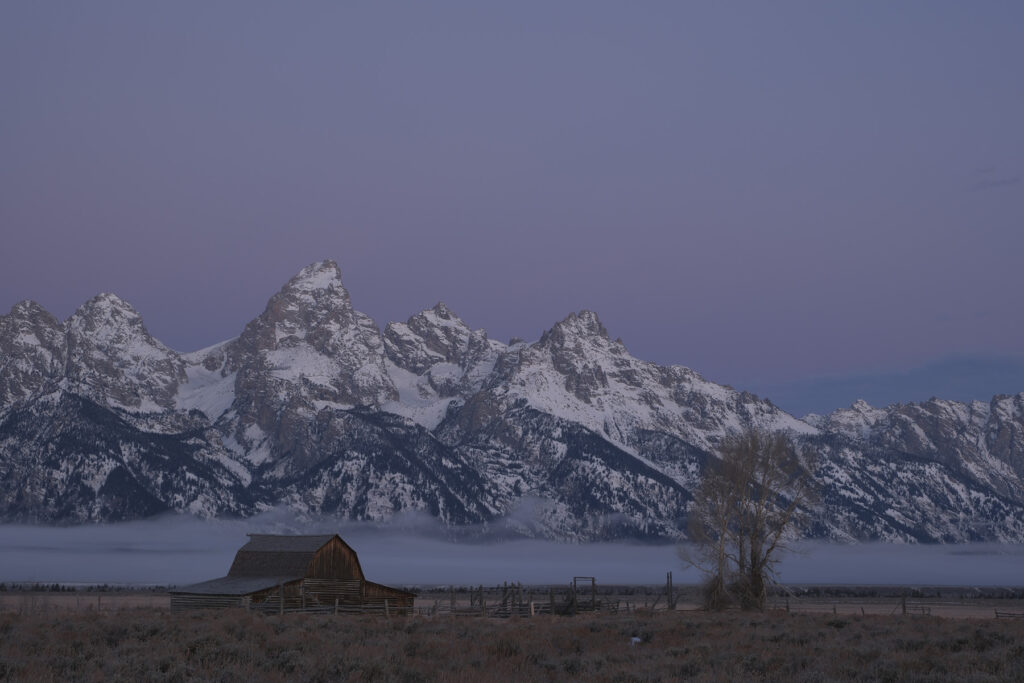
I have shot this barn dozens of times and to be honest, of the very few images I have of it that I really really like, it wasn’t because of my skill or creative vision, it was the weather that made the shot enjoyable. There were great clouds overhead which added more drama to the scene and was great to look at. I didn’t “do” anything special creatively, it was all factors beyond my control that made the image special. Would I hang it on my wall? No. To me, iconic shots are great for 5 seconds, but often don’t have a lot of depth that I can revisit again and again visually exploring. Iconic shots are often “one hit wonders” with well defined tripod holes to put your camera down from the thousands who have come before us to shoot the same shot, with only the weather as the only variable. It honestly doesn’t take any creative talent to get a nice photograph of this barn. It takes technical talent for sure to operate your camera as well as some eye for composition, but really, it’s a very “easy” shot to get.
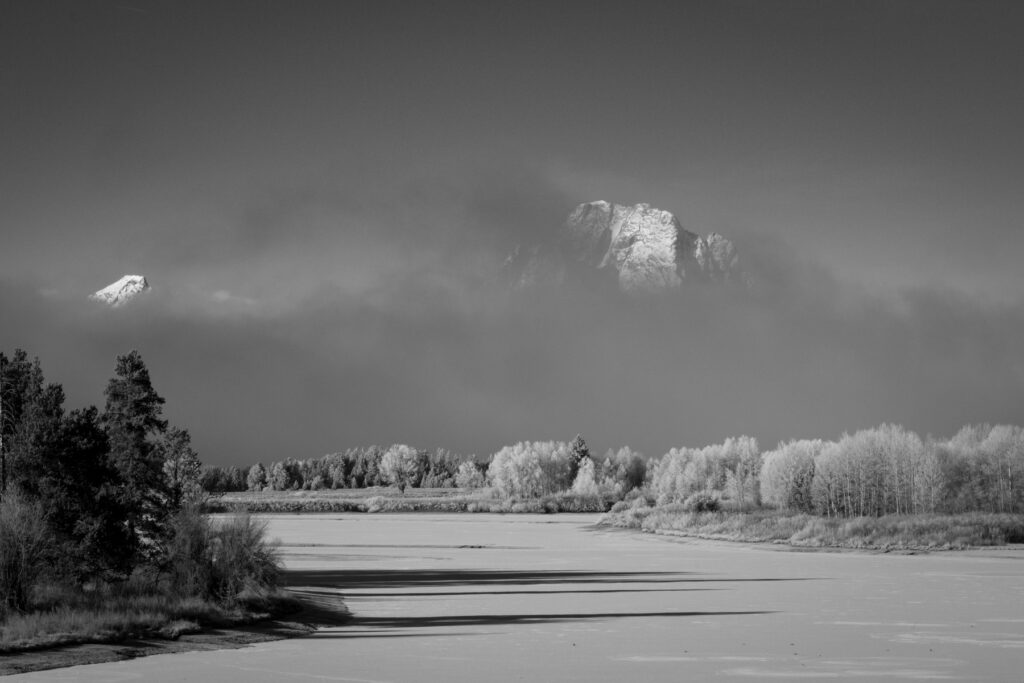
Mt Moran from Oxbow Bend…another iconic shot in Grand Teton National Park. In the Fall, there can be upwards of 200 tripods lined up for people to get their own iconic shot. And I guarantee you, each one of them will look essentially the same! There is no “artistic interpretation” going on..they are just shooting the iconic landscape image.
This park is full of iconic landscape shots because it is amazingly beautiful. I get it! Even on my workshops, I take people to iconic shots because those are the “draw” to locations. But I encourage people to take the iconic shot and then move past the icons to really dive in to their creativity and artistry of the location.
As photographers, we often say “we shoot the light” and in this park there is ample opportunity to display that. Ice covered trees lit by the low angle sun of early morning
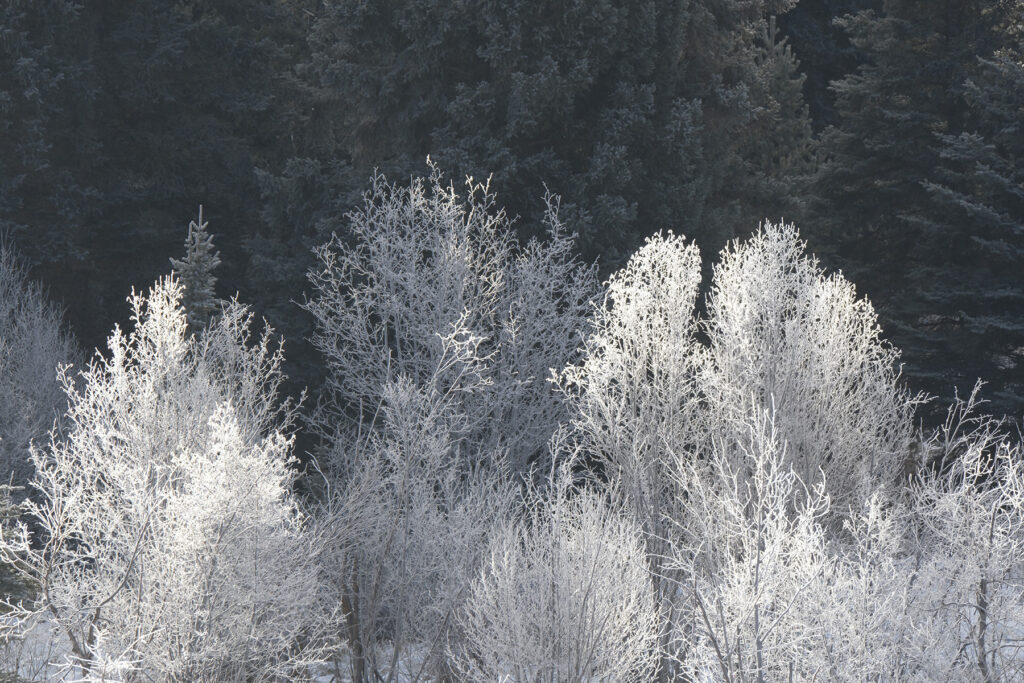
Or the simplification of one tree with a dark stormy background…
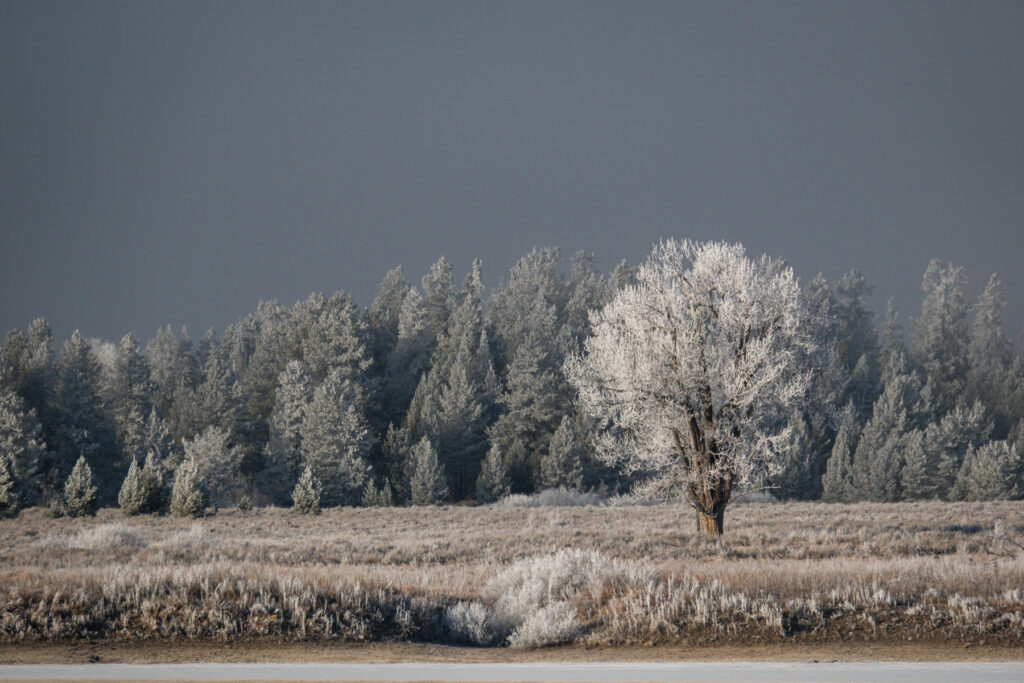
These are the kinds of images that are taking advantage of the light and require far more creativity and artistic vision and skill to first “see” and then capture.
When I look past the icons, I begin to notice the subtlety and nuance of the landscape. Noticing details, patterns, shapes and textures in the landscape that most non-photographers wouldn’t see.

These unique ice crystals that had formed along side a small pond and the way the sunlight was catching them really caught my attention and woke up my creativity. A variation in the same area below highlights the snow against the yellow grasses, a contrast in texture and color.
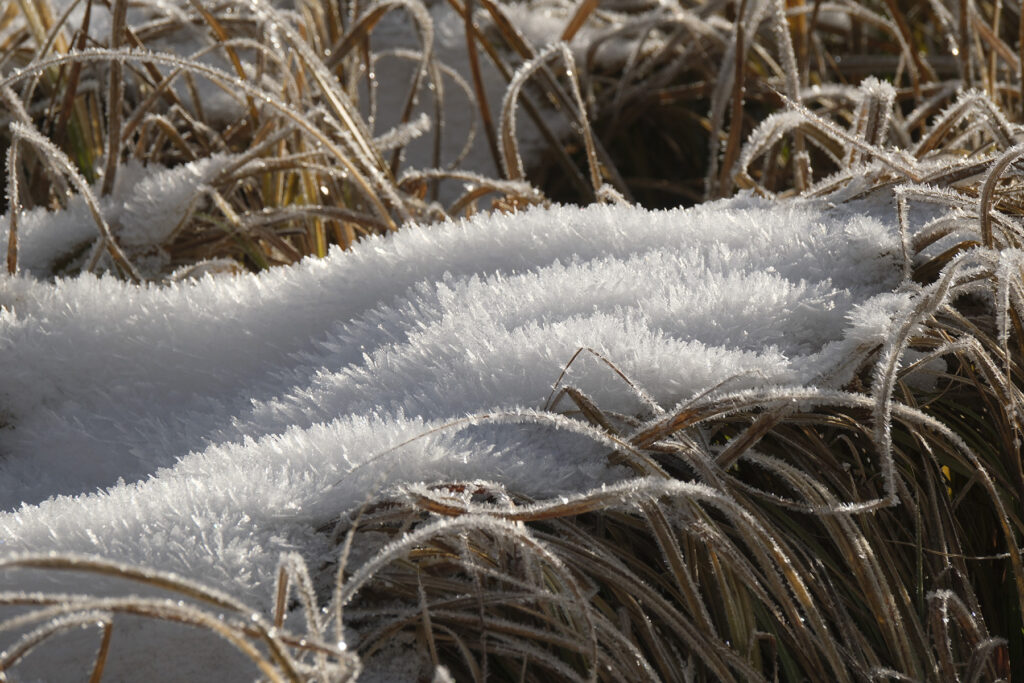
There is so much to photograph in a location such as this. Tons of small details all around if you just SLOW DOWN and look past the icons of the area. Storytelling, design studies, etc. abound in a location such as this.
In this park, there is a lot of wildlife as well, which can also be somewhat iconic. Moose, bison, coyote, fox, elk, deer, etc…You can have some great experiences shooting the wildlife. There of course are iconic shots, such as a moose with the Tetons in the background
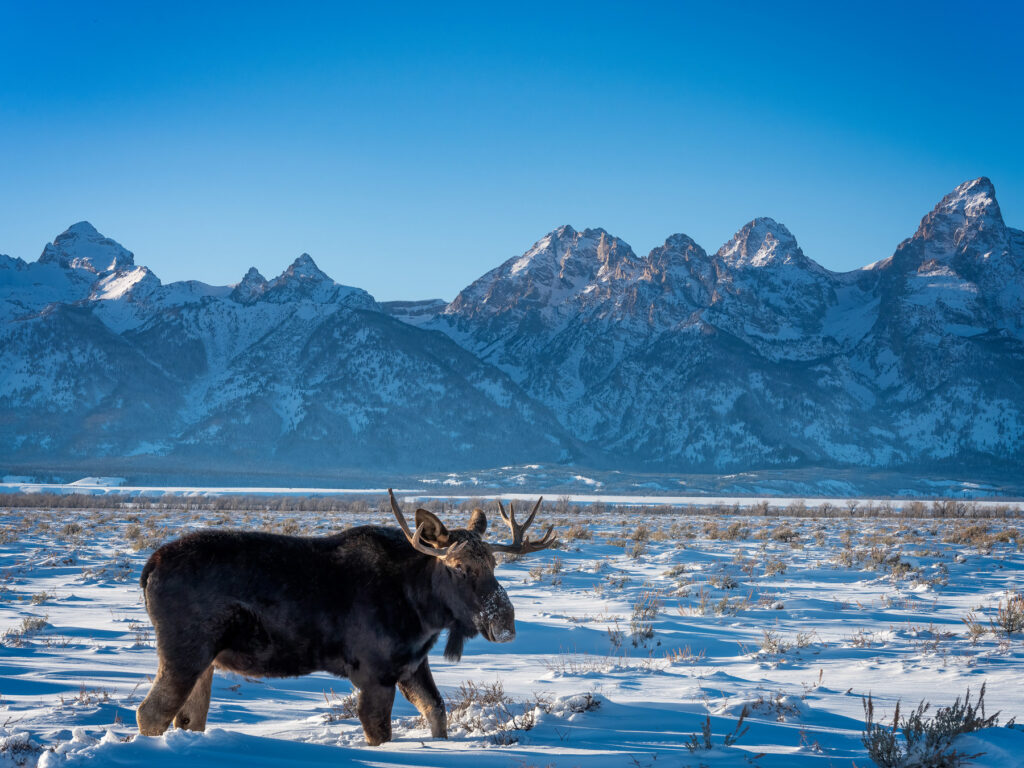
The above shot is iconic, but to me, doesn’t represent much artistic skill. It was largely luck to find this moose in just the right location. Plus, the late afternoon light made the exposure less than ideal. So yea, to me it is iconic, but it’s not visually or artistically pleasing to me. I still took the shot though because I was there and I didn’t have a shot like this yet.
Instead, studying the animals behavior and being patient and waiting for a specific behavior or a “look” from the animal can produce far more compelling photographs than an “iconic” wildlife shot.
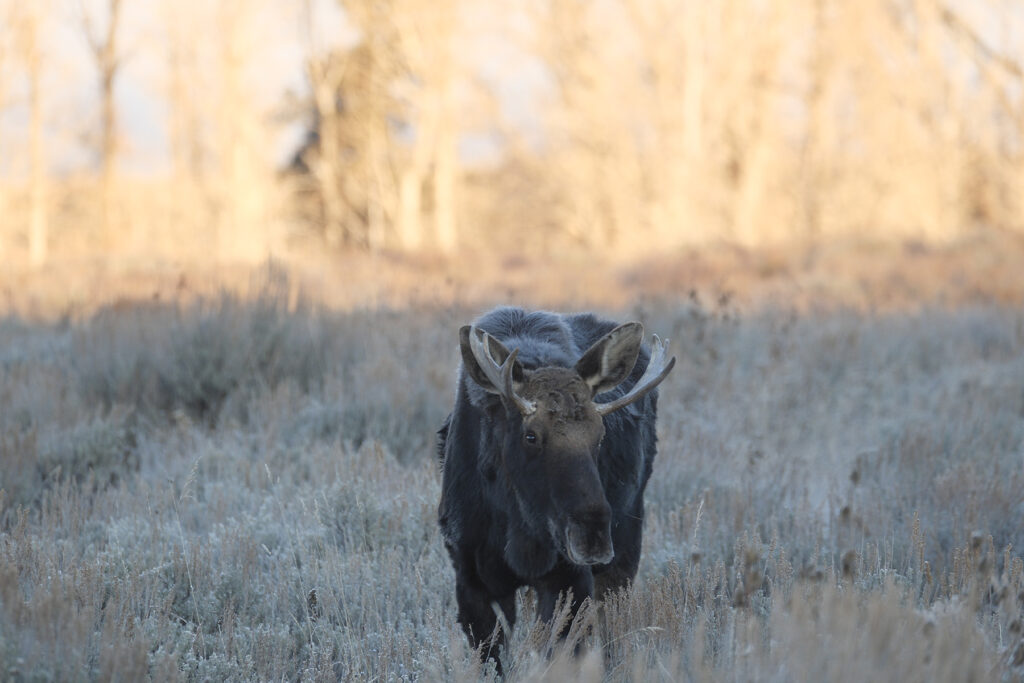
Catching the subtlety of the frost covering the moose along with eye contact with camera makes this a much more “connective” image than the iconic shot above.
Ok, enough suggesting to look past the icons. When you are in an iconic location, go ahead and shoot the icons. It’s ok. We all do it. But once that’s done, I feel the “real” work can begin with your interpretation and capturing your impressions of a beautiful landscape or animal.

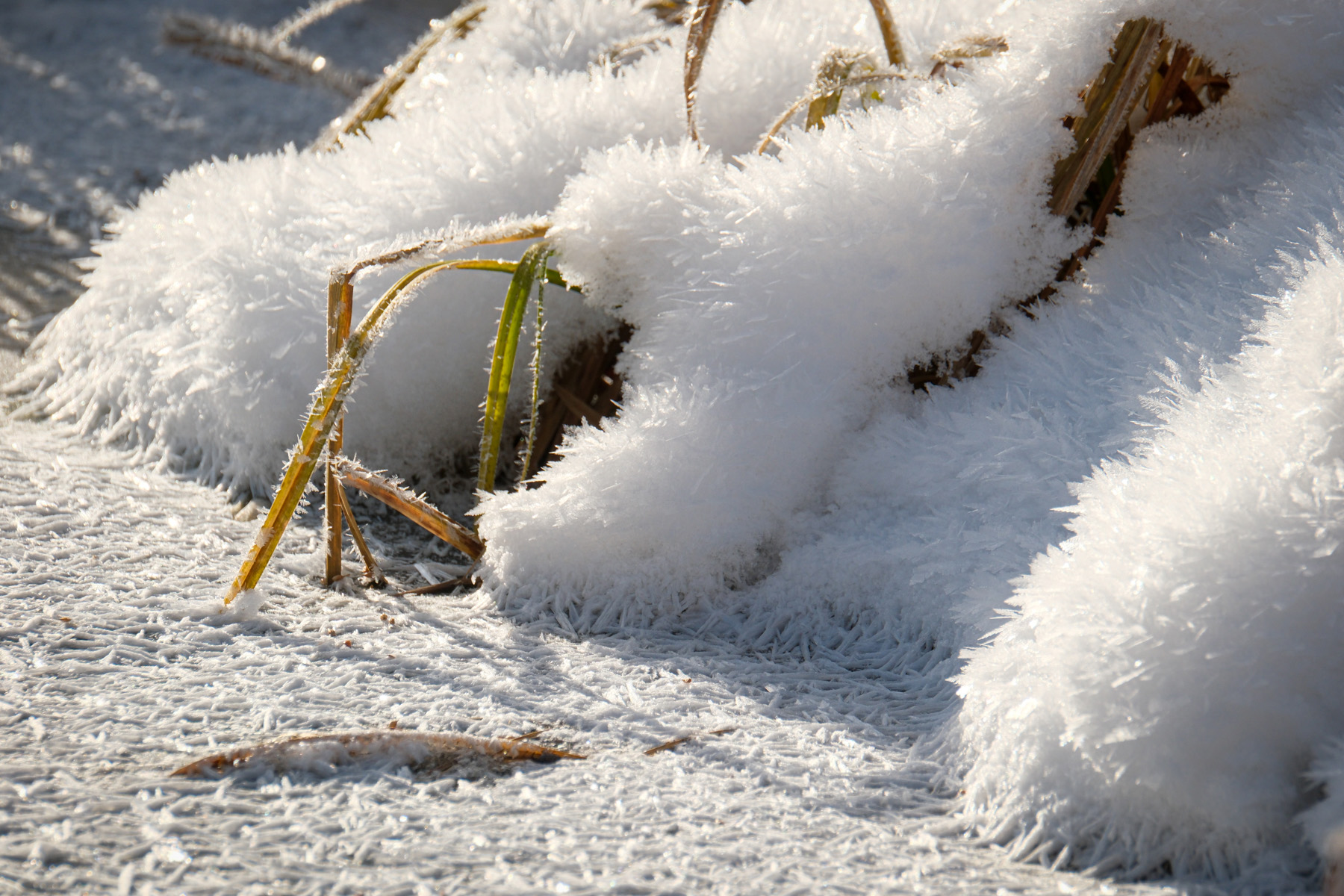
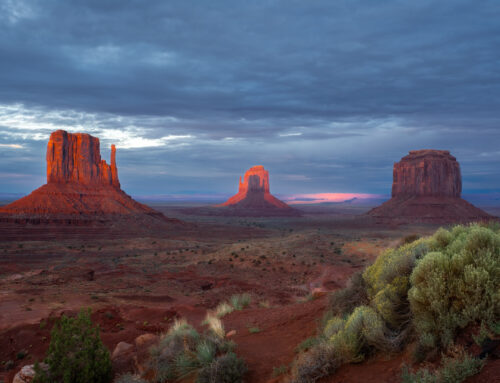
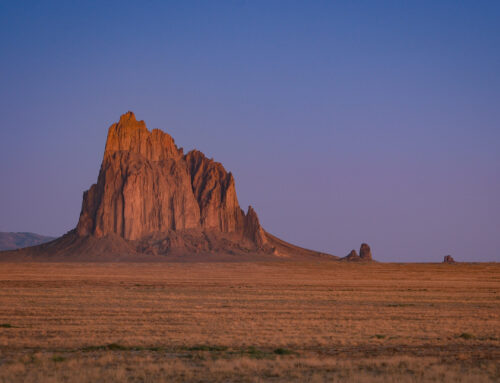
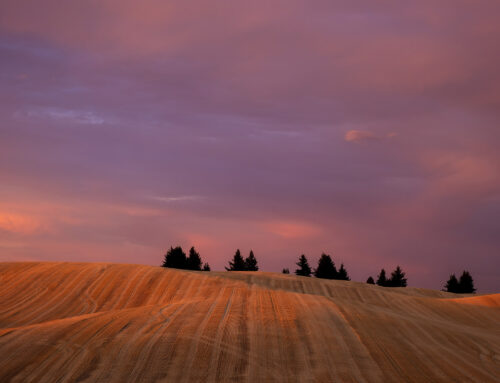
Leave A Comment